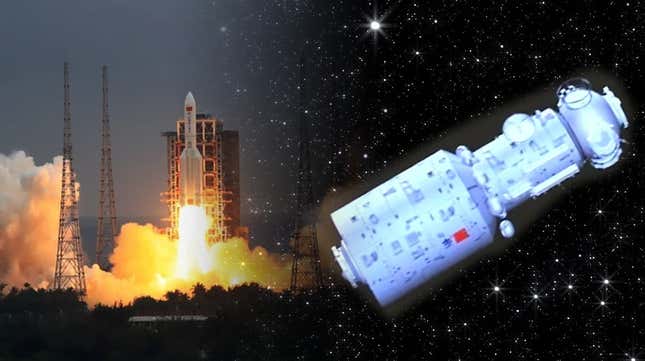
Earlier today, China put Tianhe, the core module of its new space station, into orbit. It’s the 12th space station to be put into orbit (Salyuts 1 and 3 through 7 , Mir, Skylab, the ISS and the two Chinese small Tiangong orbital labs) and will also mark the first time two separate operational space stations have been in orbit since Mir de-orbited in 2001.
China’s space station appears very much like a modernized version of the old Soviet-then-Russian Mir station, which was constructed with a core module that docked five additional modules directly, with ports open for visiting crew and resupply craft.
You can see the general similarities in design quite readily:

This isn’t a bad thing at all; Mir was an extremely successful station, and China using it as a template — with significantly modernized systems throughout — makes a lot of sense.

The China National Space Administration will launch a total of 11 missions to build the station, which will include two more large laboratory modules (to be called Wentian and Mengtian), then four crewed Shenzou spacecraft, and four uncrewed cargo spacecraft based on their Tiangong design.

Unlike Mir’s core module, which had six usable docking ports, Tianhe appears to have five ports, with the nadir (downward-facing) port on the core module unoccupied by a permanent module, at least as shown in most diagrams.

The station will support three taikonauts for long-duration stays and is expected to have a life of around 10 years. Completed, it’ll be significantly smaller than the International Space Station (ISS) but should still be a very capable facility.
Here’s a video of the launch on a Long March 5B rocket, if you’re interested:
As far as I’m concerned, the more stations around, the better, so mazel tov on your new home in space, China.
